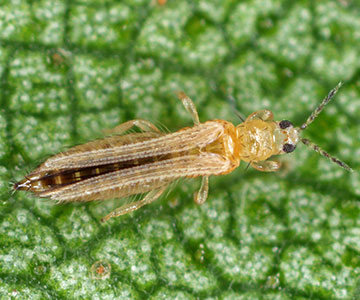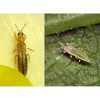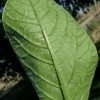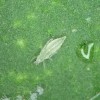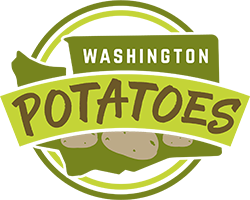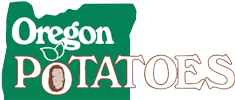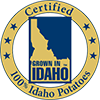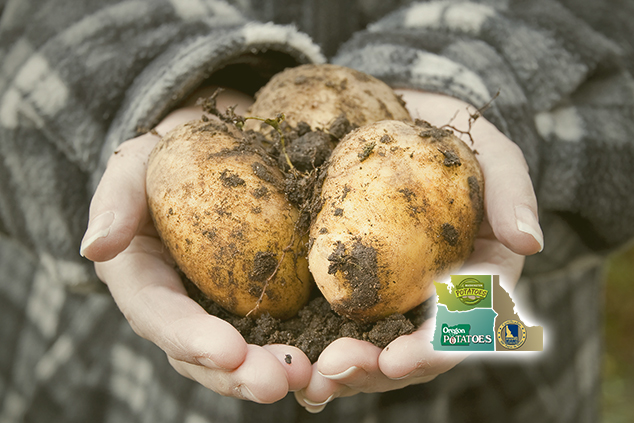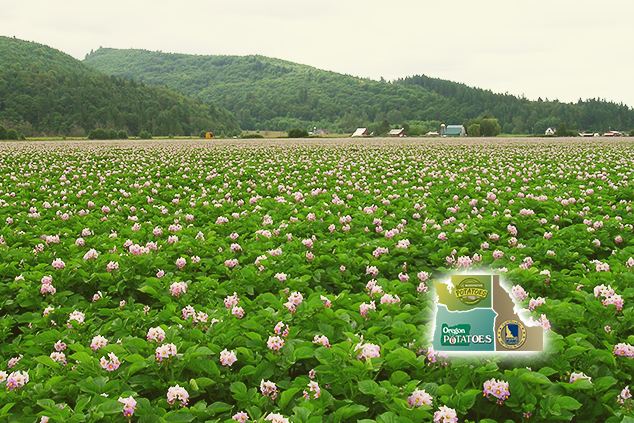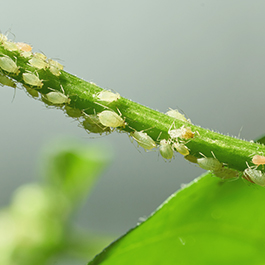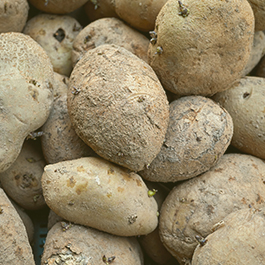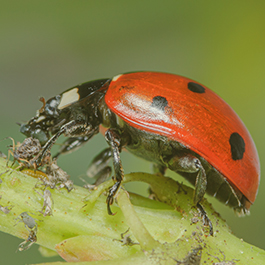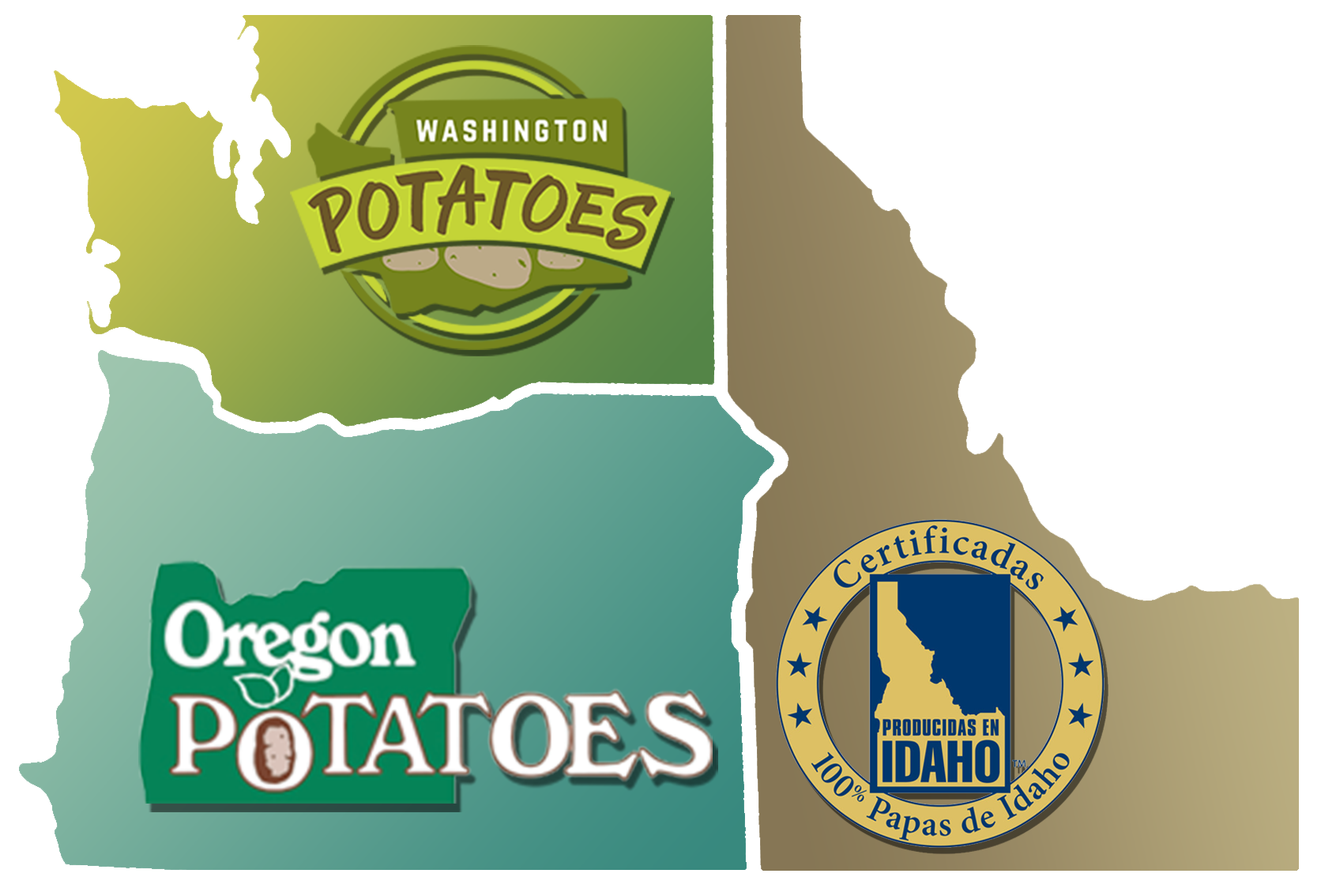Thrips (Thripidae)
General Biology and Crop Damage:
Very little is known about thrips biology on potatoes in the Northwest. Thrips are minute, slender bodied insects (0.5-1.0 mm in length). Wings may be present or absent, and are unlike normal insect wings; thrips wings are essentially thin rods lined with long hairs. Thrips feed on potato leaves by rasping plant cells and sucking out their contents. Thrips feed on leaves and flowers, but in potatoes are most commonly found on the underside of leaves. Use of a hand lens or magnifying glass will aid in their detection and identification. Populations of thrips are low in the early spring and build up over time and can become very dense. Damage on potato leaves looks somewhat like mite damage – there are often small patches of damaged leaf tissue that are paler than surrounding healthy tissue.
Biology and Life History:
Western flower thrips and onion thrips have wide host ranges, including most crop plants, weeds, and many native plants in the Northwest. Adults overwinter in plant debris and other protected sites, emerging in spring to lay eggs in plant tissue. Thrips have a complex life cycle in which the last two immature stages are hidden and non-feeding. During the growing season there are many overlapping generations, with a substantial portion of the population at any given time in one of the non-feeding stages, largely protected from pesticides and other management tactics. This, and the fact that thrips eggs are laid inside plant tissue, makes thrips very difficult to control since they rebound quickly as new adults and nymphs emerge daily from these hidden places.
Scouting and Thresholds:
Monitoring for thrips is important because catching a population build-up early is necessary to achieving effective control. There are no established thresholds or scouting techniques for thrips in potatoes. Beating sheet/tray techniques detect thrips, but it is unclear how accurately this sampling can estimate population size.
Management:
Thrips are food to many generalist predators, and just as in the case of aphids, preservation of predatory insects and spiders via careful use of insecticides can reduce the risk of damaging thrips populations.

